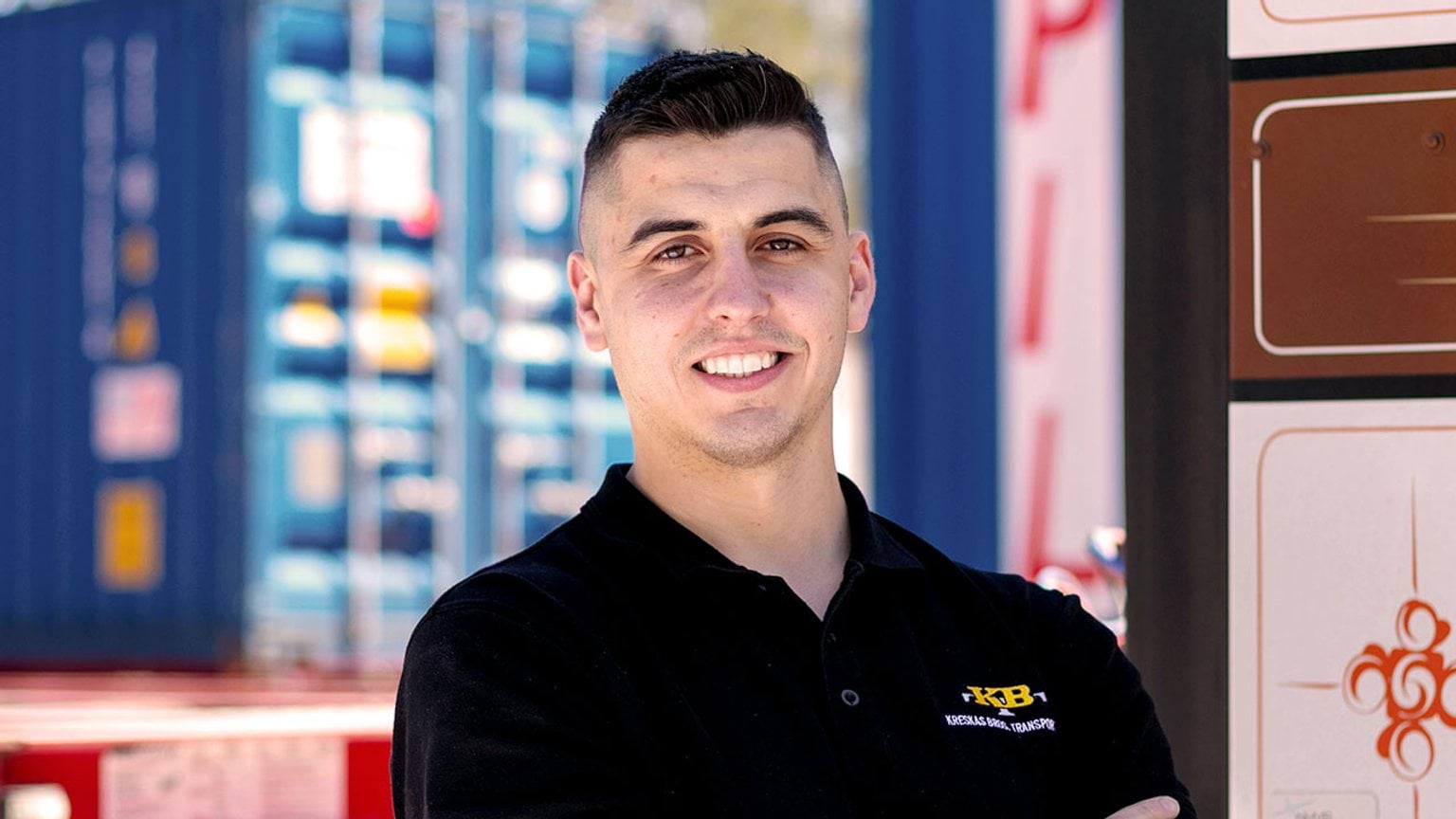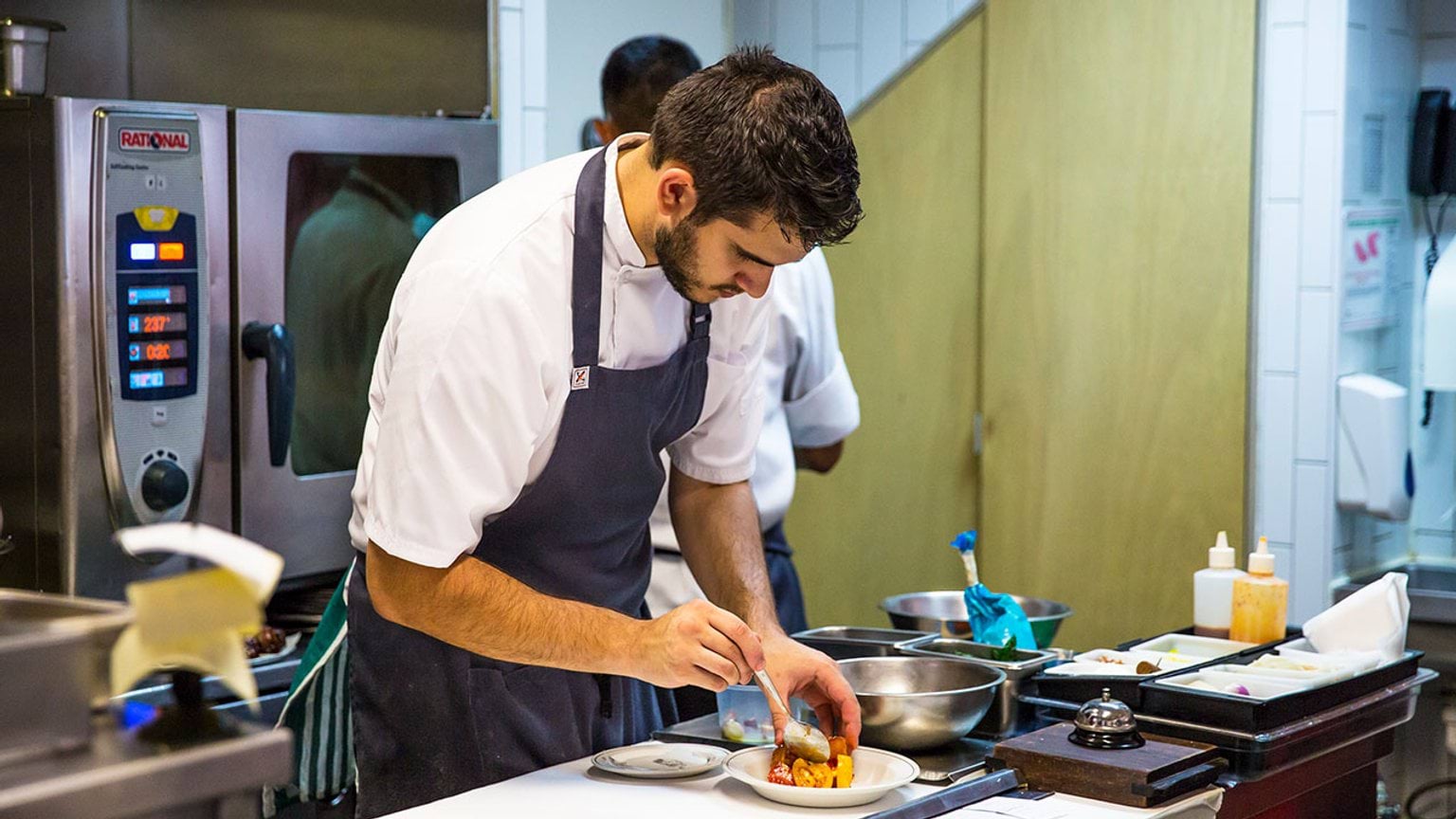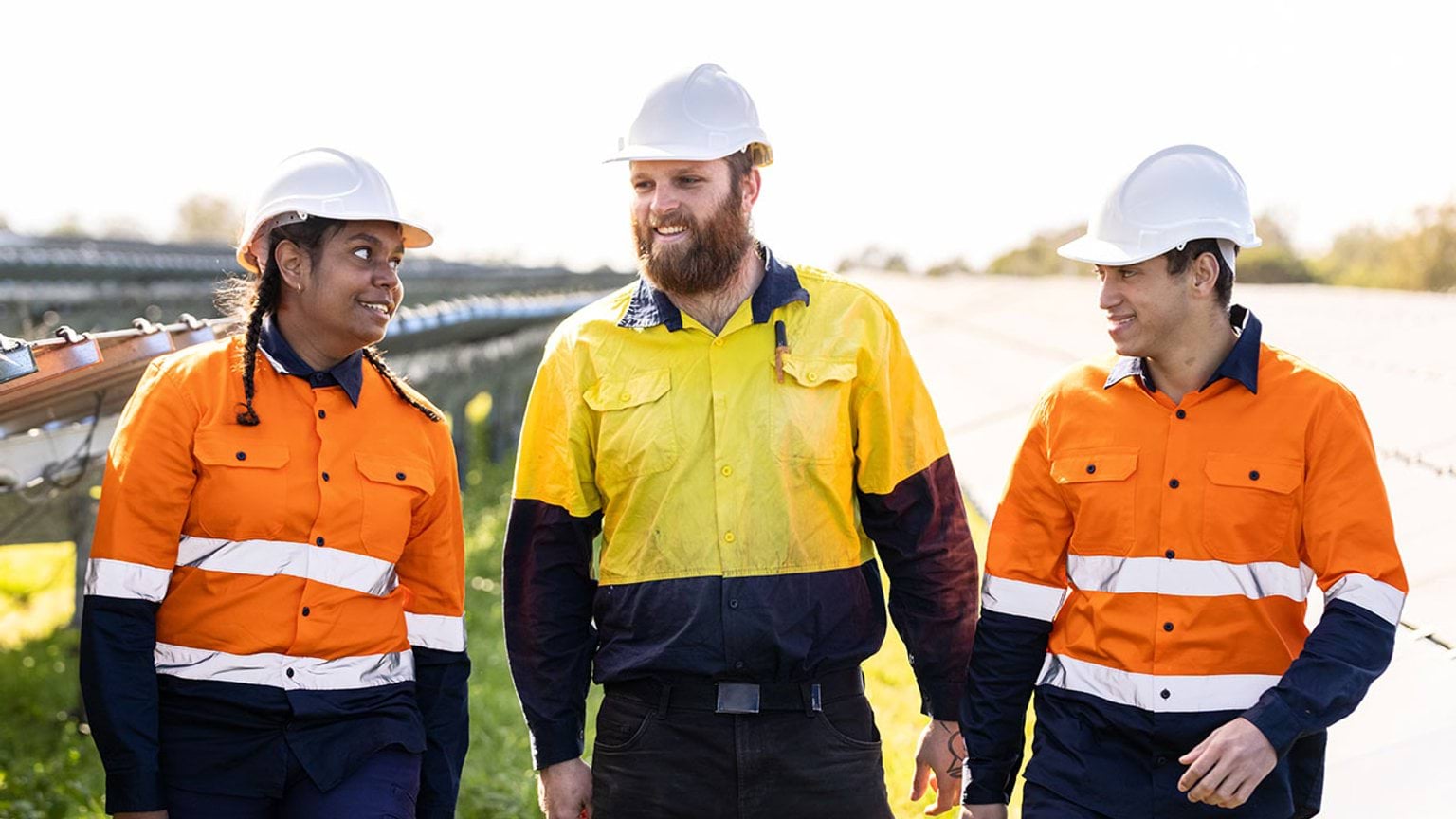Truck and bus drivers are specialist drivers. Usually, they work set routes transporting passengers and goods.
Find out what a truck or bus driver does and the related Vocational Education and Training (VET) courses and pathways you can take to secure a job.
What is a truck or bus driver?
Both bus and truck drivers have special training to drive large vehicles.
As a bus driver, you will check tickets and help passengers with enquiries and support.
As a truck driver, you will manoeuvre vehicles into position for loading and unloading, use lifting devices, stow goods, and manage documents.
Find out more about truck or bus drivers(opens in a new window) and these related jobs on the Victorian Skills Gateway(opens in a new window):
- boiler or engine operator(opens in a new window)
- crane, hoist or lift operator(opens in a new window)
- earthmoving plant operator (general)(opens in a new window)
- excavator operator(opens in a new window)
- forklift driver(opens in a new window)
- loader operator(opens in a new window)
- train driver(opens in a new window).
Related training courses
Explore these related TAFE and training courses on the Victorian Skills Gateway(opens in a new window):
- civil construction(opens in a new window)
- crane operations(opens in a new window)
- driving operations(opens in a new window).
You may be eligible for government funding to help pay for your course.
Median salary
The median weekly earnings for truck drivers in Australia is $1,780.
Source: Jobs and Skills Australia(opens in a new window)
The median weekly earnings for bus and coach drivers in Australia is $1,676.
Source: Jobs and Skills Australia(opens in a new window)
The median weekly earnings for delivery drivers (including couriers and postal deliverers) in Australia is $1,269.
Source: Jobs and Skills Australia(opens in a new window)
Note these salaries are current as of January 2025 and are indicative only. A range of salaries apply to different roles across the industry.
Job demand in Victoria
Below are the employment projections for truck driver, bus driver and delivery driver (including couriers and postal deliverer) jobs in Victoria. Figures show the number of workers in 2024 and the new workers expected to enter the workforce by 2027 and 2034.
‘New workers expected’ accounts for workers adding new jobs to the economy and replacing retirees over the next 3 and 10 years. These projections are estimates only. There will be additional jobs available as people move between jobs and industries.
Career story

Adam proves transport and logistics is full of opportunity
“The average age of a transport operator is nearing the 47-year-old mark and rising. We must foster and harvest young talent that comes into the industry, so that we can become sustainable long term.”
Resources to plan your next steps
Visit our transport and logistics industry profile to find out about:
- what it’s like to work in transport and logistics, and some of the jobs you could do
- training and skills to work in the industry, and financial assistance to help pay for your course
- help getting a job in transport and logistics, and industry job projections for Victoria
- other free resources and advice to plan your training and career.
Explore growing industries in your region
Updated



